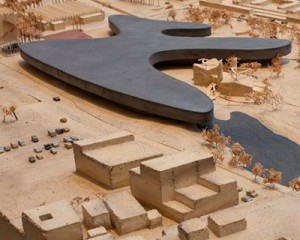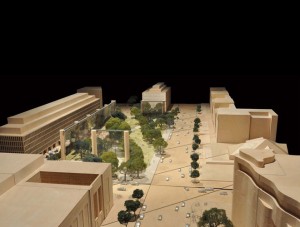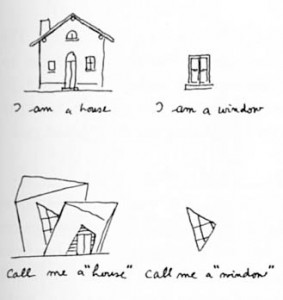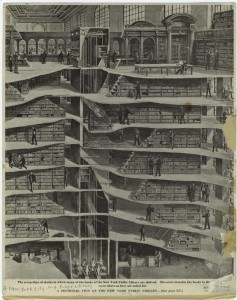TWINKLE, TWINKLE LITTLE STAR
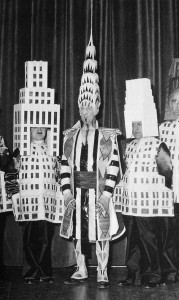 Guy Horton wrote an article recently in ArchDaily on starchitects. He included a number of comments by various architecture critics and observers (including your truly). I was struck that many of my colleagues called for “retiring” the term–whatever that means–as if it were primarily about semantics. It’s not, it’s primarily about money. Just as certain Hollywood actors can make a film script into a bankable movie, certain architects can add monetary value to a project (with donors, buyers, the general public). That is why the acting star and the designing star get paid more.
Guy Horton wrote an article recently in ArchDaily on starchitects. He included a number of comments by various architecture critics and observers (including your truly). I was struck that many of my colleagues called for “retiring” the term–whatever that means–as if it were primarily about semantics. It’s not, it’s primarily about money. Just as certain Hollywood actors can make a film script into a bankable movie, certain architects can add monetary value to a project (with donors, buyers, the general public). That is why the acting star and the designing star get paid more.

